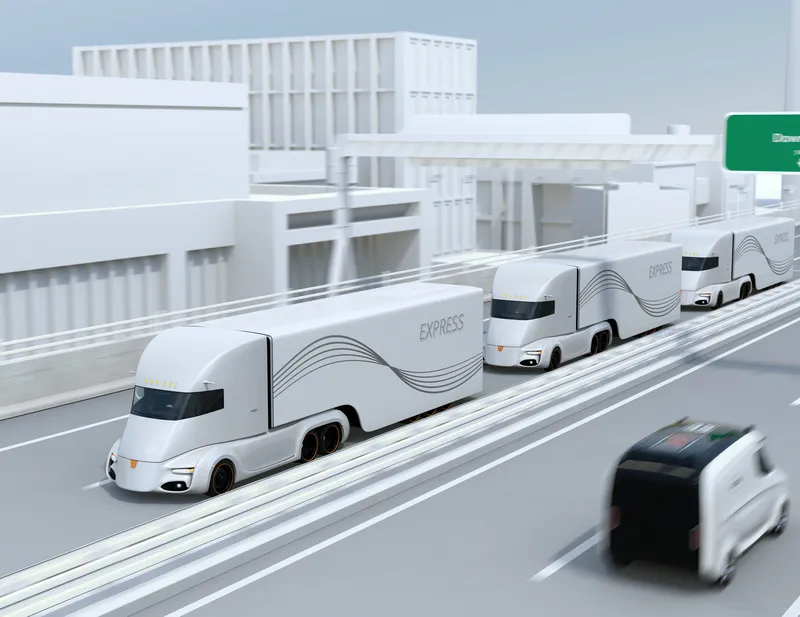Crucial feedback on gas heavy goods vehicles (HGVs) has been provided by the Low Carbon Truck Trial, with the provisional results being detailed in a first report commissioned by the Department for Transport (DfT) which was published last week.
Responding to the DfT report, the Freight Transport Association (FTA) has said that it supported the trials stating that they have put more gas powered HGVs on the roads, whilst identifying the operational challenges of running gas vehicles.
According to the re
June 24, 2014
Read time: 2 mins
Crucial feedback on gas heavy goods vehicles (HGVs) has been provided by the Low Carbon Truck Trial, with the provisional results being detailed in a first report commissioned by the 1837 Department for Transport (DfT) which was published last week.
Responding to the DfT report, the6983 Freight Transport Association (FTA) has said that it supported the trials stating that they have put more gas powered HGVs on the roads, whilst identifying the operational challenges of running gas vehicles.
According to the report, 175 trucks were already in use in January 2014 as part of the two year trial with the vast majority procured as dual fuel tractor gas trucks. The average substitution ratio was 46 per cent for dual fuel gas vehicles. Provisional results indicate carbon savings of up to nine per cent from gas dual fuel vehicles. Both the substitution ratio and carbon savings are expected to rise as more refuelling infrastructure becomes available.
Rachael Dillon, Climate Change policy manager said: “The report provides crucial early feedback from the Low Carbon Truck Trial and identifies the operational challenges of running gas HGVs. We hope that the trial can kick start the market and look forward to seeing further results.”
Responding to the DfT report, the
According to the report, 175 trucks were already in use in January 2014 as part of the two year trial with the vast majority procured as dual fuel tractor gas trucks. The average substitution ratio was 46 per cent for dual fuel gas vehicles. Provisional results indicate carbon savings of up to nine per cent from gas dual fuel vehicles. Both the substitution ratio and carbon savings are expected to rise as more refuelling infrastructure becomes available.
Rachael Dillon, Climate Change policy manager said: “The report provides crucial early feedback from the Low Carbon Truck Trial and identifies the operational challenges of running gas HGVs. We hope that the trial can kick start the market and look forward to seeing further results.”









